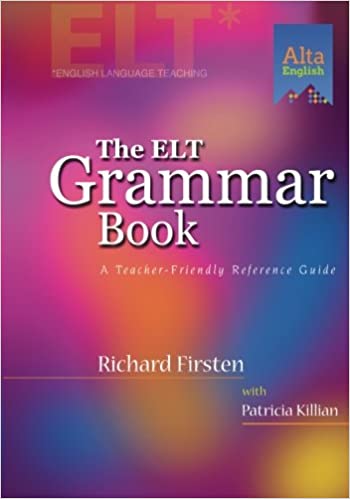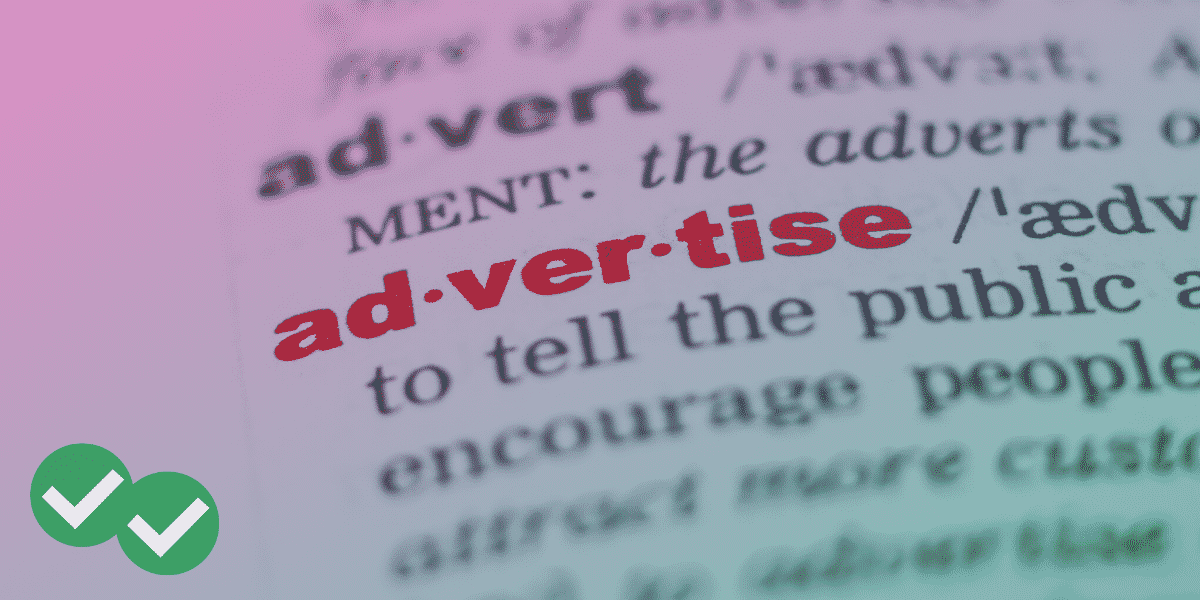A while back, Kate did a good post on how to make a sentence. In that post, she gave you some basic information about object nouns. In English grammar, these are sometimes just called objects.
To review Kate’s lesson, there are direct objects, objects that are directly affected by the action described in the verb. A direct object appears in bold in the sentence below:
The boy gave a gift. (<The gift is being given.)
Then there are indirect objects, objects that are not being directly acted on. Indirect objects are only indirectly affected by the action described in the verb. Example in bold below.
The boy gave his friend a gift. (<The friend is not being given.)
There are also prepositional objects. Prepositional objects show a relationship between nouns that is not necessarily related to an action. They often show the position, movement, or time period of a noun. See the examples of prepositional objects below in bold, with the preposition in italics.
I wake up in the morning.
Let’s go to school.
The cow jumped over the moon.
Knowing how to use these three kinds of objects and where to put them seems simple enough at a glance. Object placement becomes a little tricky, however, when you need to vary the ways that you use object nouns. Part of getting a good TOEFL Speaking and Writing score is using a variety of words and grammar forms, and not all uses of direct, indirect and prepositional objects are as straightforward as the ones above.
In fact, you can sometimes use a few different possible patterns to say the exact same thing. In some cases, a direct object noun can actually be turned into a verb. Or an indirect object can be changed into a prepositional object. An object can also become an adjective, and so on.
These kinds of changes can make your language more varied and earn you more points on the TOEFL. You can see examples of this variety in the sentence sets below. Each set has the same meaning, expressed in several different grammar patterns.
SENTENCE SET 1:
The man and woman gave each other a kiss.
(PATTERN: Subject>verb>indirect object>direct object)
The man and woman kissed each other.
(PATTERN: Subject>verb>direct object)
The man and woman gave a kiss to each other.
(PATTERN: Subject>verb>direct object>preposition>prepositional object.)
SENTENCE SET 2:
The artist made an illustration for a children’s book.
(PATTERN: Subject>verb>direct object>preposition>prepositional object.)
The artist made a children’s book illustration.
(PATTERN: Subject>verb>adjective>direct object.)
SENTENCE SET 3:
Grandma baked a cake for her grandchildren.
(PATTERN: Subject>verb>direct object>preposition>prepositional object.)
Grandma baked her grandchildren a cake.
(PATTERN: Subject>verb>indirect object>direct object)
As you can see above, one of the best ways to put some variety into your English language is to change the objects of sentences, turning them into direct objects, indirect objects, prepositional objects, or even verbs or adjectives. If you haven’t played around with this kind of grammar variety before, it can be easy to make mistakes. In my next post on this topic, I’ll show you some common object placement mistakes, and how to avoid them.





